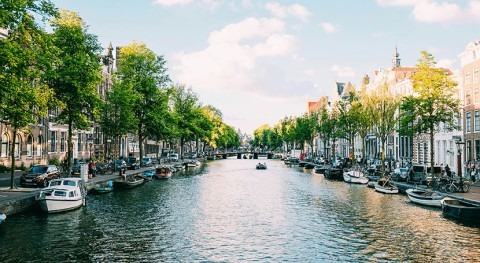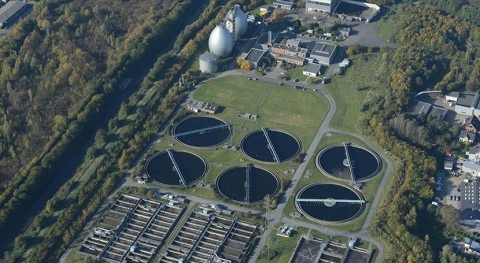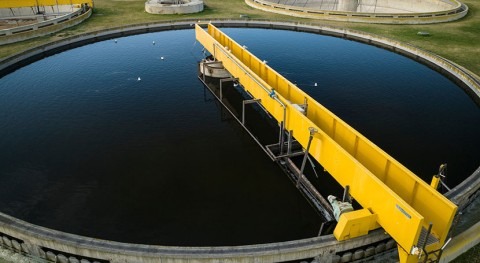Miami, one of the major coastal cities in the United States that will be most affected by climate change, will see billions invested to respond to sea level rise, informs Phys.org. The Mayor of Miami-Dade County, Daniella Levine-Cava, released last week the county’s sea level rise strategy.
Sea levels have already risen approximately 9 inches since 1930 in the region, and projections indicate sea levels will be approximately 2 feet higher by 2060 and will continue rising. Sea level rise amplifies existing flooding risks, and flooding becomes deeper and more extensive, while also lasting longer than it did in the past.
"We must continue to focus on restoration, preservation and protection of this sacred space", said the mayor, and pledged billions of dollars for infrastructure. The general idea is to build on higher ground and further away from the water. The adaptation strategy identifies five approaches: raise the land on artificial fill, elevate structures on pilings (like houses in The Keys), promote new development on higher ground, expand waterfront parks and make room for canals, and create a network of small spaces for water in yards, streets and parks.
Those broader approaches will be implemented at the local level in Adaptation Action Areas, creating tailored plans to the most affected areas, including actions such as raising low-laying roads and converting commonly used septic tanks into sewage systems.
The strategy lists a series of key projects which total about $1.7 billion and have already been funded or completed, including elevating buildings and critical equipment, improving stormwater management, and restoring mangroves and marshes. It does not, however, estimate the cost of all the actions proposed, while fixing septic tanks alone could cost $4 billion, reports the Miami Herald.
Higher ground inland locations used to be home to lower income communities, but these areas are now coveted, as they are safer from flooding. The pressure to displace these communities has been termed climate gentrification. Gentrification involves the renovation of low-income neighbourhoods to make them suitable for more affluent residents, thus resulting in the displacement of low-income people who can no longer afford to live in their homes. Climate is a new gentrifying force, already felt in cities like Miami. The county’s strategy contemplates this issue and seeks to explore policies to preserve affordability and keep from displacing residents of low income communities.
On the other hand, creative private entrepreneurs have come up with exclusive ways to adapt to sea level rise challenges, like a next-generation floating house which can be anchored by elevating it on hydraulic pilings, by Arkup, albeit only for those that can spend $5.5 million on it.




















